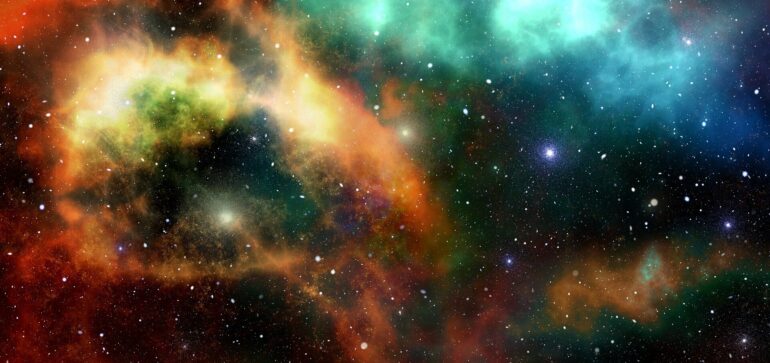Based on LAMOST and Kepler data, a new study led by astronomers from National Astronomical Observatories of Chinese Academy of Sciences (NAOC) has revealed evolutionary features of lithium for evolved stars, which updates our understanding about the theory of stellar structure and evolution.
The results were published in The Astrophysical Journal Letters.
Surface lithium (Li) abundances display various patterns for stars of different types as well as at different evolutionary stages. The signatures of Li provide key information about internal stellar structure and evolution.
However, due to the difficulties of classifying evolutionary stages, especially separating core helium burning (HeB) from red giant branch (RGB) bump stars by traditional approach, the evolutionary features of Li from the RGB to the HeB stage have long been in the dark.
Thanks to the uncovered evolutionary stages and determined Li abundances based on the asteroseismic analysis and spectroscopic survey, respectively, the researchers investigated the signatures of Li for stars evolving from the RGB to the HeB phase with the 1,848 giants selected in the LAMOST-Kepler/K2 fields.
They found that the stars at RGB phase showed natural depletion along with their evolution; particularly, there were no obvious crowd stars with anomalously high Li abundances near the bump. While during the HeB phase, there was no indication of obvious Li depletion.
Furthermore, the Li abundances of most of the low-mass stars that just start their HeB phase (zero-age HeB, ZAHeB) showed an increase compared to the stars above the RGB bump. It suggested that the helium flash, which happened between the phases of RGB and HeB, might lead to moderate Li production.
“A previous theoretical study has speculated that helium flash may produce Li, while this work has just confirmed their inference from observations, and also provides a constraint on the amount of Li produced during helium flash,” said Dr. Zhang Jinghua, the first author of the study.
However, the standard helium flash model cannot explain the high Li abundance in (super) Li-rich stars given that the Li abundances of most low-mass ZAHeB stars are still lower than the lower limit of Li-rich stars in a classic definition. For (super) Li-rich stars, some special mechanisms should be considered during helium flash. Other scenarios, such as mergers, could also be sources given that Li-rich stars can be found at any time during the steady-state phase of HeB.
This is a timely paper on an interesting topic (Li in red giant stars) that has long been a puzzle, and is now being revitalized by the existence of new, larger, more precise, and better characterized datasets, commented by the reviewer of the paper.
More information:
Jinghua Zhang et al, Lithium Evolution of Giant Stars Observed by LAMOST and Kepler, The Astrophysical Journal Letters (2021). DOI: 10.3847/2041-8213/ac224c
Provided by
Chinese Academy of Sciences
Citation:
Mapping lithium evolution of giant stars with LAMOST-Kepler data (2021, November 24)



